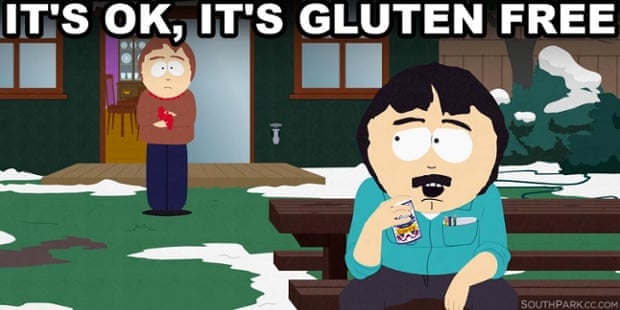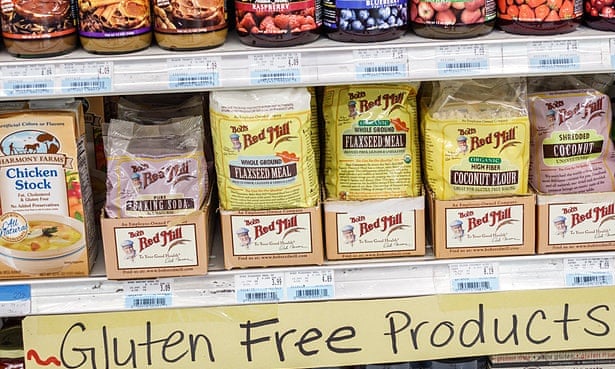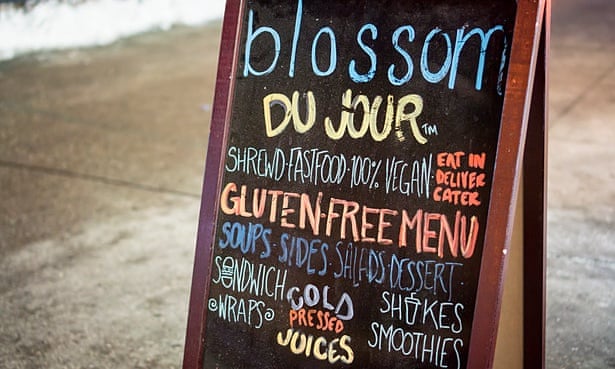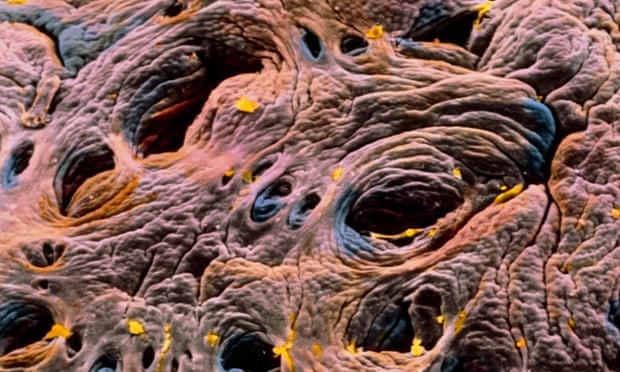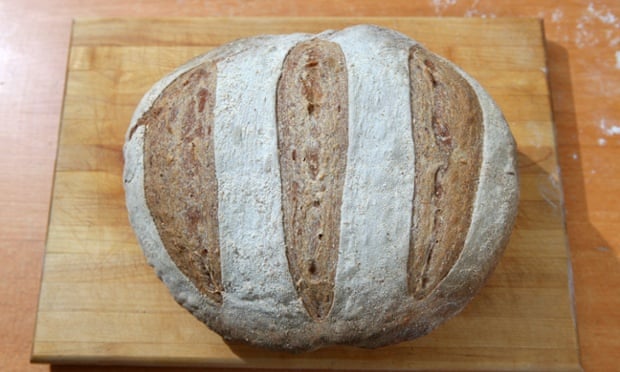We asked a nutritionist for the best foods to borrow from a typical Japanese diet to improve your health.
The Japanese diet is widely considered to be one of the healthiest – and celebrities like Victoria Beckham and Madonna swear by it.
But which Japanese foods should you be adding to your diet? We asked nutritionist Cassandra Barns for the five foods in the Japanese diet that could help you live longer.
Fish
Heart health, brain health, eye health… fish is constantly lauded as the number one source of omega-3 fatty acids, essential for keeping these parts of our body in tip-top condition.
Cassandra comments: “We eat far less fish in the UK compared to Japan – it’s time we started upping our intake.
“These healthy fats also associated with keeping inflammation in check. As high inflammation is a characteristic of most chronic disease – from arthritis to heart disease to Alzheimer’s – keeping it under control may be a key factor in maintaining good health into old age.
“As a bonus, fish are rich in selenium, which is vital for our antioxidant defences and immune system, and B vitamins that help to keep our brain chemistry in balance.”
Fermented soya – miso, umami paste
“One of the ‘secrets’ of the health of Japanese women is thought to be their consumption of soya foods, thanks to the isoflavones they contain,” Cassandra explains.
 |
| Miso soup |
“Isoflavones act as phytoestrogens – plant substances that have a weak oestrogen-like effect in the body – so may be especially helpful for women after menopause, when natural oestrogen levels drop. Consumption of soya isoflavones has been associated with a lower risk of breast cancer and endometrial (womb) cancer in women after menopause, as well as better bone mineral density and reduced risk of osteoporosis and fracture.
“They’ve even been linked to benefits for cardiovascular health, including reduced risk of stroke and heart attack. All reasons why they could help us live longer!”
 |
| Natto |
“Rather than just any soya, the Japanese tend to consume traditional fermented soya foods such as miso, tempeh and natto. One of the benefits of the fermentation process is that the isoflavones are naturally converted into a form that’s much easier for the body to use. It also increases the vitamin K2 content, which plays a role in bone health and heart health too.” (...)
 |
| Tempeh |
Seaweed
Seaweed is rich in many minerals that we don’t often get enough off in our normal diet, such as iodine, zinc, magnesium and potassium – all great for boosting our heart health and immune system.
“Many of us don’t get enough of these minerals in our normal diet, even if we eat plenty of vegetables because the soil they grow in can be depleted. This doesn’t apply to vegetables that grow in the sea, of course,” says Cassandra.
Matcha tea
 |
| Seaweed |
Switching from your builder’s tea to a green tea a few times a day could see you reap big benefits.
“Green tea – matcha in particular – is high in a specific type of flavanols called catechins. These substances are thought to boost our body’s antioxidant defences, potentially helping to protect against degenerative conditions such as Alzheimer’s disease, heart disease and even cancers,” Cassandra explains.
“In addition, matcha tea contains higher amounts of a substance called theanine, which has been found to have a relaxing effect on the mind and may help protect against the negative effects of stress.”
 |
| Matcha tea |
Pickled vegetables
“Traditionally fermented pickled vegetables are a great source of natural probiotics (beneficial bacteria). So they can favour digestive health, helping us to digest and absorb the nutrients in the food we eat, which then benefits all areas of our health,” Cassandra comments.
“And as around 75% of the immune system resides in our gut, improving our gut flora may specifically benefit the immune system – not only helping to fight infection, but also helping to prevent conditions associated with over-activity of the immune system, such as autoimmune diseases.”
Unfortunately, you will have to look beyond your local supermarket’s pickled vegetable offering, as these are usually pickled in vinegar or salt rather than fermented. If you struggle to find the right pickled veg, there are thousands of recipes online to create your own.
http://home.bt.com/lifestyle/health/healthy-eating/5-japanese-foods-that-could-help-you-live-longer-11364163379875
Have you adapted any of Japanese foods into your kitchen? Do you prepare it by yourself or do you buy ready meals?
Have you adapted any of Japanese foods into your kitchen? Do you prepare it by yourself or do you buy ready meals?

